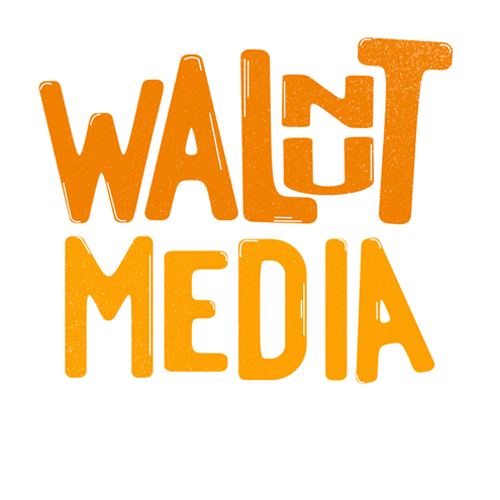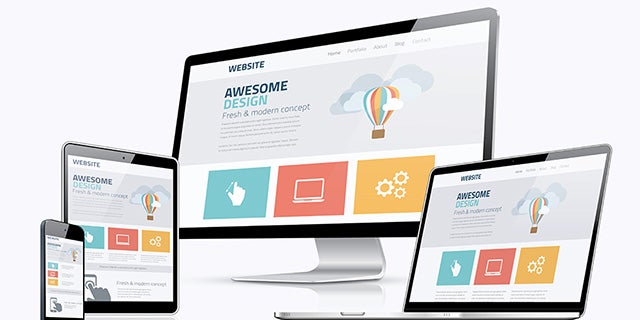
A Step-by-Step Guide to Web Development for Absolute Beginners
Embarking on the journey of web development can be both exciting and overwhelming, especially if you're an absolute beginner. However, fear not! This step-by-step guide will walk you through the fundamental stages of web development, providing a roadmap for you to follow as you take your first steps into the world of coding and design.
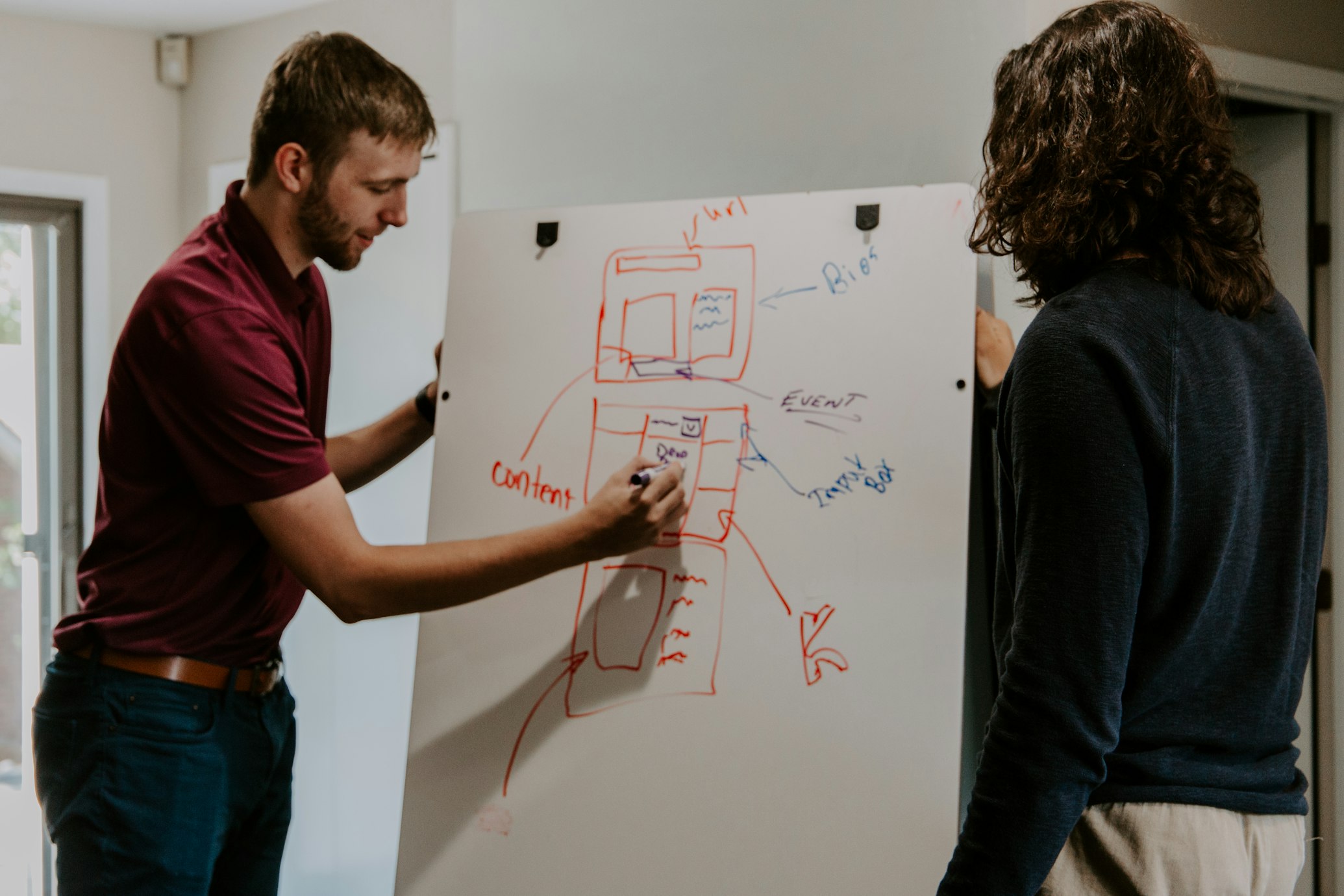
Step 1: Define Your Goals
Before diving into the technical aspects, take a moment to define your goals. What do you want to achieve with web development? Whether it's creating a personal blog, developing a portfolio, or launching an e-commerce site, having clear goals will guide your learning journey.
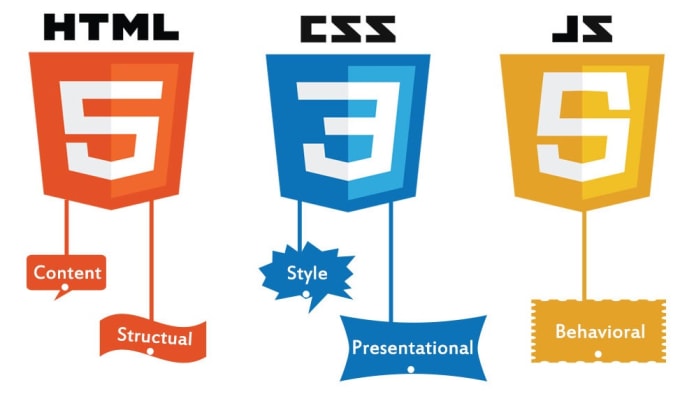
Step 2: Understand the Basics
-
HTML (Hypertext Markup Language)
Start with HTML, the building block of the web. HTML is responsible for structuring content on a webpage using tags. Learn how to create headings, paragraphs, lists, and links. -
CSS (Cascading Style Sheets)
Move on to CSS, which controls the visual presentation of your HTML. Explore styling elements, changing colors, fonts, and layouts to enhance the overall look and feel of your web pages. -
JavaScript
Introduce yourself to JavaScript, the language that brings interactivity to websites. Learn about variables, functions, and basic control structures. Experiment with simple scripts to understand the dynamic nature of web development.
Step 3: Hands-On Practice
The best way to solidify your understanding is through hands-on practice. Create a simple webpage using the knowledge you've gained. Start with a personal project or follow online tutorials to build your coding skills.
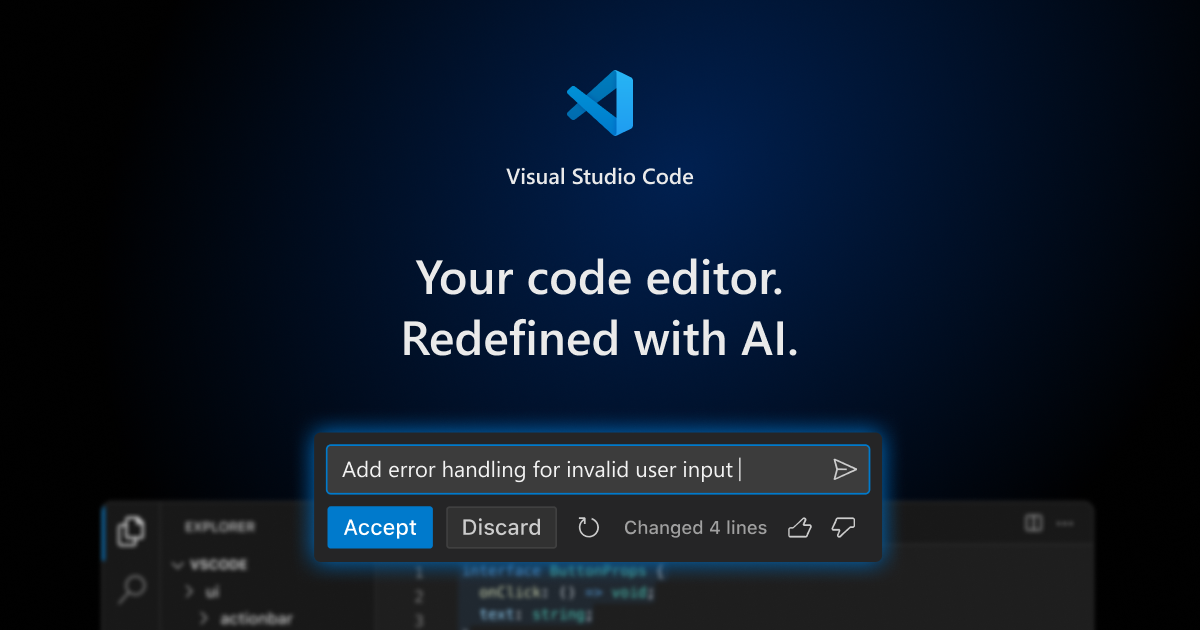
Step 4: Choose a Text Editor
Select a text editor to write your code. Popular choices include Visual Studio Code, Atom, and Sublime Text. These editors offer features like syntax highlighting and code completion, making the coding process more efficient.
Step 5: Learn Basic Command Line Usage
Familiarize yourself with the command line interface (CLI). While it might seem intimidating at first, understanding basic commands will become crucial as you progress in your web development journey.
Step 6: Explore Version Control with Git
Git allows you to track changes in your code and collaborate with others. Learn the basics of Git to manage your projects efficiently. Platforms like GitHub provide a space to host your code and collaborate with the global development community.
Step 7: Responsive Design and Browser Developer Tools
As you advance, explore responsive design principles to ensure your websites look good on various devices. Familiarize yourself with browser developer tools to debug and optimize your code effectively.
Step 8: Additional Frameworks and Libraries
Once you're comfortable with the basics, consider exploring popular front-end frameworks like Bootstrap or libraries like jQuery. These tools can streamline your development process and add functionality to your projects.
Step 9: Build a Portfolio
Create a portfolio to showcase your projects. Include a variety of examples that highlight your skills and demonstrate your growth as a web developer. A well-curated portfolio is an invaluable asset as you progress in your career.
Step 10: Join the Web Development Community
Connect with other learners and experienced developers. Online forums, social media groups, and local meetups provide opportunities to ask questions, share experiences, and stay updated on industry trends.
Conclusion
Embarking on the journey of web development as an absolute beginner may seem like a daunting task, but by following these steps, you're laying a solid foundation for your learning journey. Remember, persistence and practice are key. Celebrate small victories, learn from challenges, and enjoy the creative process of bringing your ideas to life on the web. Happy coding!
